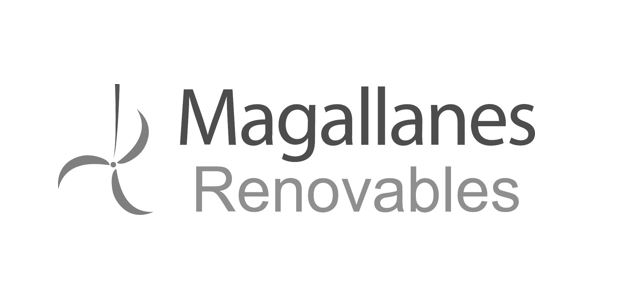EngD case study – Alyona Naberezhnykh

Name: Alyona Naberezhnykh
Start year: 2019
Final year: 2023
EngD overview
EngD
Characterising tidal channel turbulence for turbine fatigue and load analysis.
Funded / supported by
- IDCORE (Edinburgh, Exeter, Strathclyde universities)
- EMEC
- Orbital Marine
Summary of EngD
Understanding turbulence is crucial to the design of tidal energy converters as it influences loads, fatigue life and power production. Much of the knowledge about turbulence is based on atmospheric flows because the amount of experimental research conducted in the aerodynamic industry, particularly for wind turbines, is much larger. As a result, many commercial tidal turbine codes have been adapted from wind or used wind turbine data for validation. Some of these methods may not be suitable for tidal applications which is why we are studying turbulence at a real tidal site and developing novel ways of analysing turbulence data for characterisation.
Outcomes
Some of our findings show that methods commonly used by the industry may not be adequate for characterising turbulence in real flows and we propose novel techniques to extract important turbulence parameters.
This work will provide enhanced methods of site characterisation, help improve turbulence models and bring more understanding to turbulence-device interaction.
Why?
Why is this research of interest to you?
Turbulence is a fascinating and complex subject, and is something that is still not well understood in the tidal energy sector. It is also a critical subject because turbulence significantly affects tidal energy device performance.
Why did you choose to go down this route?
I was keen to be involved at the forefront of ocean energy; EMEC and Orbital Marine provided and excellent base for that.
Why is the research important?
- For me, this is a fascinating and important subject, helping to build our understanding to this field will make a positive impact in the industry.
- For EMEC, as turbulence impacts both the power performance and mechanical loading of tidal energy devices, improving our understanding of turbulence will ensure we can properly characterise tidal sites and understand its impacts on device performance.
- For the wider ocean energy industry, turbulence is a significant source of mechanical loading on devices, and because it’s not well understood the device designs at present can be conservatively over engineered. Better understanding of turbulence will help improve designs and ultimately drive down costs of technology.
- For the world, by reducing the cost of tidal energy devices, the tidal energy sector growth will be accelerated helping to reduce emissions and fight climate change.
What challenges is it aiming to overcome?
Turbulence is very complex by nature, meaning that measuring, analysing and modelling all present significant challenges.
Where now?
Where are you working now?
EMEC
What does the future look like for you?
I would like to continue working in the wave and tidal energy sector, utilising the in-depth knowledge I am gaining in met-ocean engineering and hydrodynamics.
Testimonial
“I have thoroughly enjoyed working on this project so far. Collaborative working between industry and academia means that I get the right specialist support and my research remains relevant and important for the industry. I love the subject of my research and have an excellent, supportive supervision team.”
Papers
- Sensitivity of turbulence parameters to tidal energy converter loads in BEM simulations | Ocean Engineering and Marine Energy, Volume 10, Dec 2023
- Wavelet applications for turbulence characterisation of real tidal flows measured with an ADCP | Ocean Engineering, Volume 270, Feb 2023
- How Applicable Are Turbulence Assumptions Used in the Tidal Energy Industry? | Energies, Feb 2023







